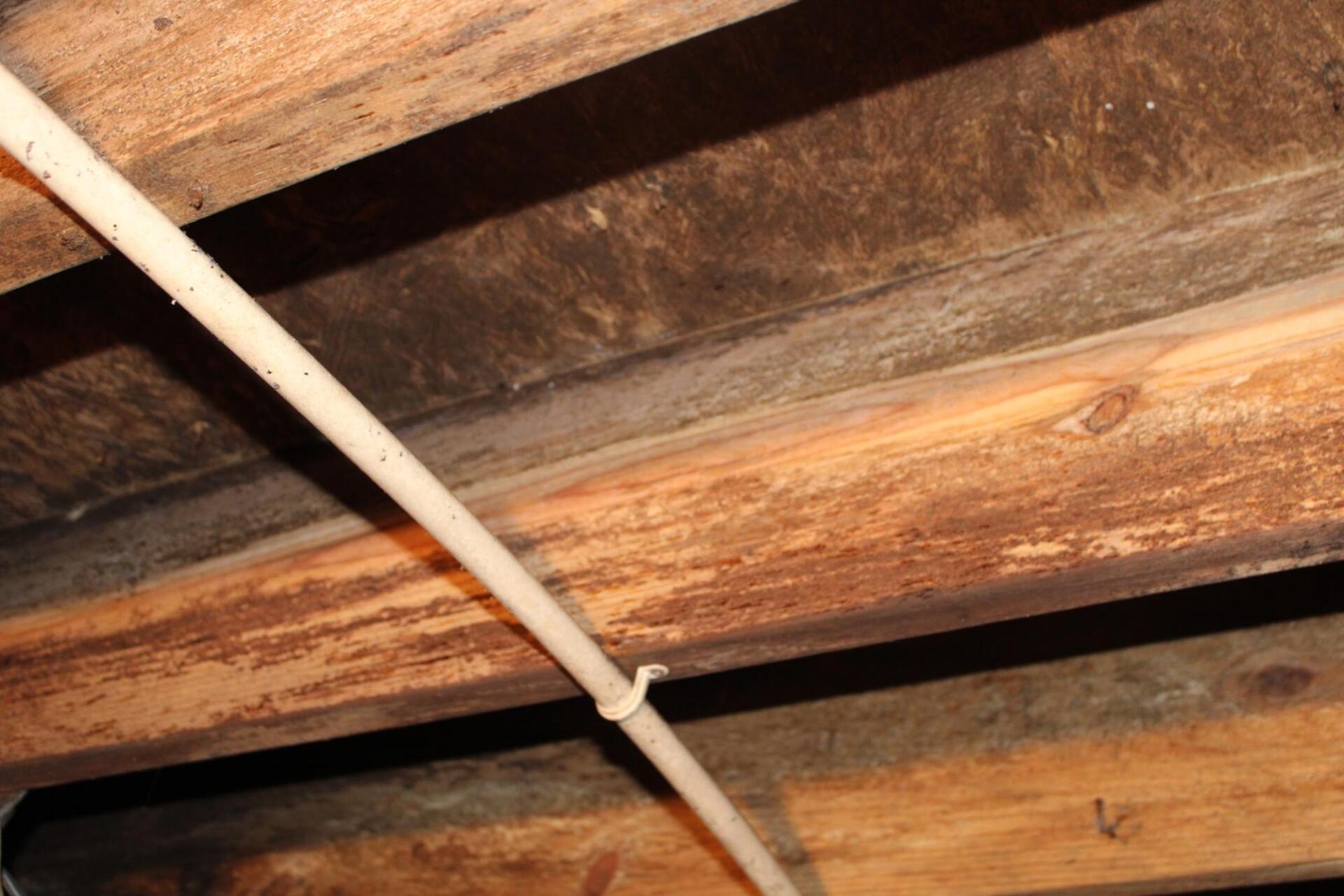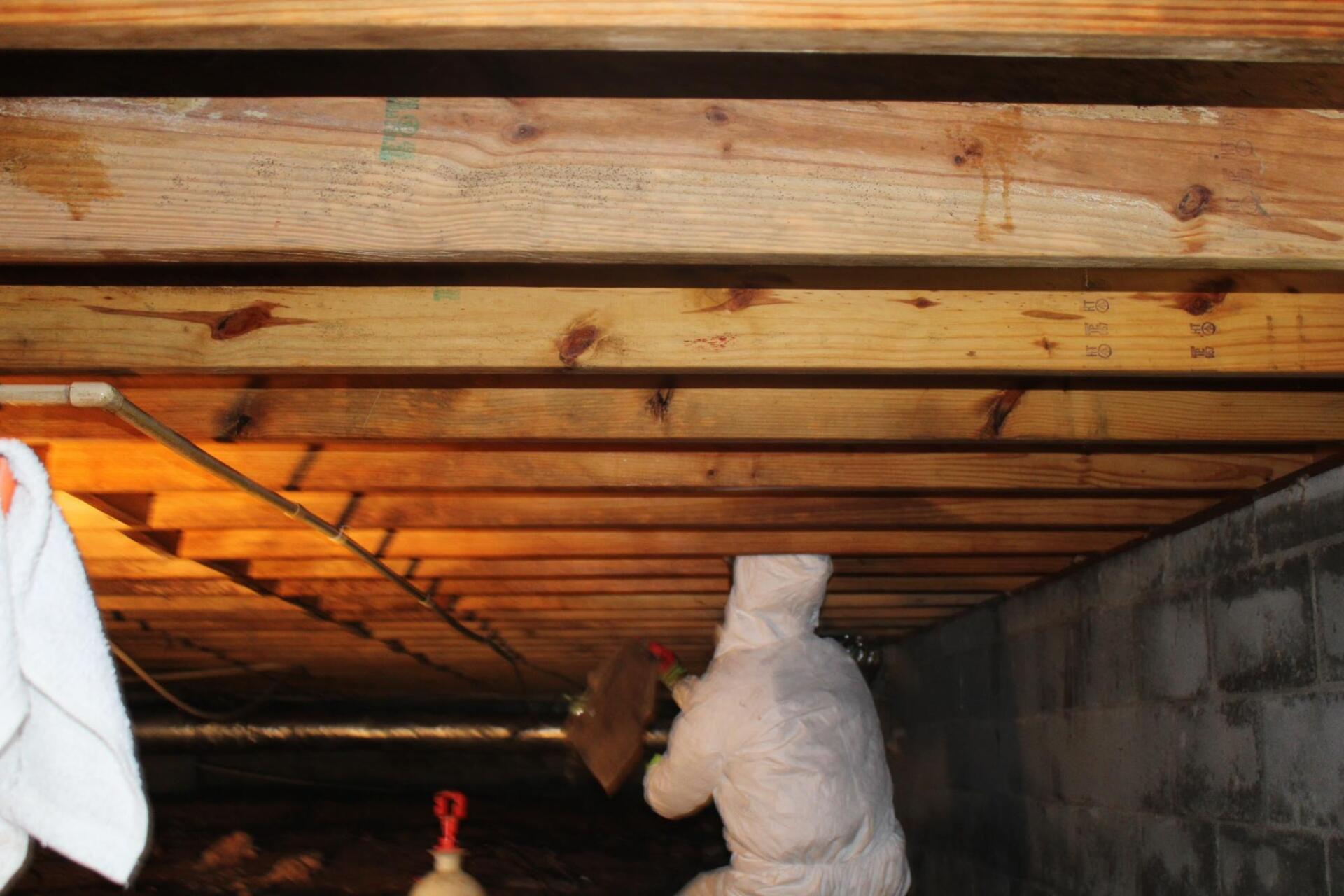Finding mold isn’t difficult. It may be easier to spot in some places than others, though. One indicator of a mold infestation is an earthy or musty smell.
You may see areas that look stained, fuzzy, or have black spots. Look in areas where there has been water damage from flooding or leaks and any area in your home or space where there is a lot of humidity or moisture that results in condensation on glass or metal surfaces.
Mold can stem from various situations. Some of the places mold can grow are under wallpaper, inside ductwork, under your carpet and even inside of your paneling … just to name a few.
The only way mold can grow is in the presence of water or moisture.
Mold is a normal, natural part of our environment, however, if it begins to grow indoors it needs to be controlled immediately because it’s not safe.
Mold will not only cause people problems, but it damages items it may be growing on. Getting mold removed from your items quickly gives you a better chance of salvaging those items. However, it is important to understand that if the surface the mold is growing on is porous (carpet, insulation, ceiling tiles, drywall, etc.) that item will need to be bagged and thrown away. According to the EPA (United States Environmental Protection Agency) materials that have hard services can be cleaned. That’s the good news … and where our professional team’s knowledge and experience comes in handy.
Mold can cause allergic reactions if you are susceptible and wreak havoc if you have asthma … especially when it leads to an asthma attack. The most common way you can be exposed to mold is by breathing mold spores in the air. However, you can be exposed through skin contact if you touch a moldy surface, and you can even be exposed by swallowing it. According to the CDC, mold not only brings harm to those with allergies, asthma, or a weakened immune system; it can affect anyone when exposed for long periods of time. According to a study by the Institute of Medicine, there is “sufficient evidence to link indoor exposure to mold with upper respiratory tract symptoms, cough, and wheeze in otherwise healthy people.” That same study also found that the exposure also linked “asthma symptoms in people with asthma; and hypersensitivity pneumonitis in individuals susceptible to that immune-mediated condition. If you have mold. You need to get it removed. Your health could depend on it.
Removing mold can be challenging but our technicians have the expertise and technology to thoroughly complete the job. Communication with you and your insurance company is a top priority of ours. We conveniently work with most insurance companies so you can get the most out of your mold removal services. You will be kept informed about what’s going on so that you will know exactly what to expect during each step of the process.
Getting your home or business back to pre-disaster state with as little disruption to your life as possible is our number one goal.
Our first step is to assess the situation and determine the location and condition of the mold.

The next step is to set up containment, if necessary, to make sure it does not spread as it becomes airborne during cleaning.
We safely remove the mold from the home by cleaning , sanitizing and removing the odor.

After removal, we use air scrubbers with Hepa filters to clean and purify the air.
Testing would then be done to ensure sanitary conditions have been met.
Mold spores are typically present in the air even in your home, so keeping the environment dry is the only way to prevent mold spores from growing. Unfortunately, Georgia’s humid climate is the perfect breeding ground for mold. So, it’s important to control moisture in your home. For specific recommendations on just how to do that, check out this list provided by the CDC.